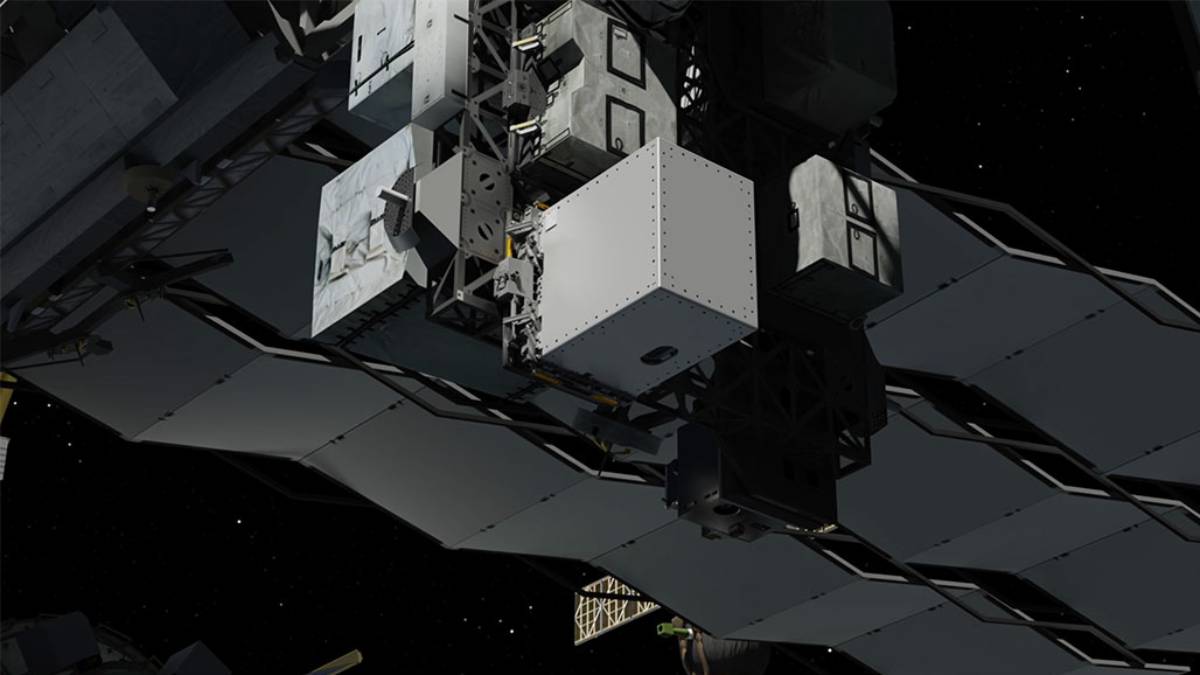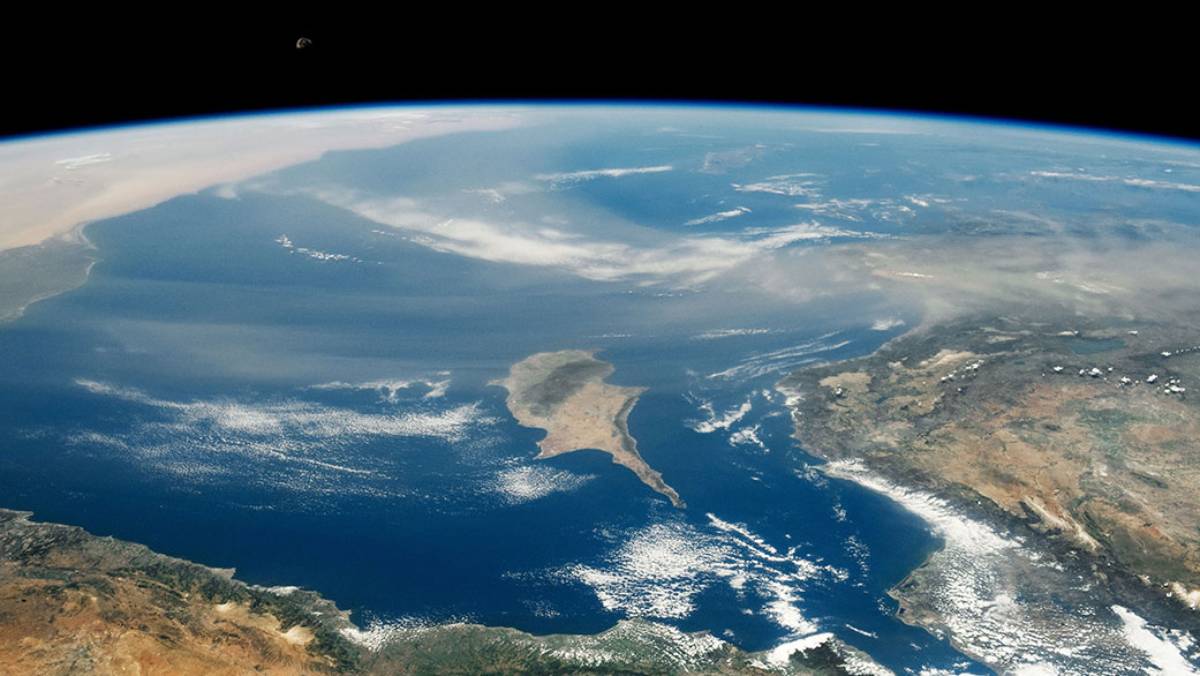Every year more than 1 billion metric tons of dust and sand are driven into the atmosphere through strong winds. Scientists know that dust affects the environment and climate, but they don’t have enough data to determine at this time what effect they have or what may happen in the future.
For this, the SpaceX Dragon spacecraft has recently been launched to the International Space Station (ISS). Through this, NASA’s Earth Surface Mineral Dust Source Investigation (EMIT) instrument has been sent, which will help scientists in this matter. EMIT’s state-of-the-art imaging spectrometer was built by the agency’s Jet Propulsion Laboratory in Southern California. This spectrometer will measure more than a billion dust particles around the world over the course of a year.

EMIT is going to do a very important thing by going into space. It will identify the composition of mineral dust from arid regions of the Earth. Most of the mineral dust originates from desert areas and is released into the atmosphere. From the space station, EMIT will map the world’s sources of mineral dust. For the first time, the color and composition of dust sources will be detected on a global scale with an imaging spectrometer. This will help data scientists understand what type of dust dominates each region and its impact on the climate.
EMIT will also determine whether the dust heats or cools the planet. It is not yet known whether dust cools or warms the Earth. This is because the dust particles in the atmosphere have different properties. Some particles may be dark red in color, while some are white. These colors are important because they reveal whether dust will absorb the Sun’s energy, such as dark particles.

In addition, it will be known how dust affects various processes on Earth. Dust mites are of different colors because they are made of different materials. Like dark red colored particles are made of iron. EMIT10 will collect information about different types of dust particles, including iron oxides, clays, and carbonates. With this data, scientists will be able to more accurately assess the impact of dust on various ecosystems and processes.
This data will improve the accuracy of climate models. Not only this, scientists will be able to predict how the climate scenario will affect the type and amount of dust in our atmosphere in the future.
| |
 Google News Google News | Click Here |
 Facebook Page Facebook Page | Click Here |
 Instagram Instagram | Click Here |
 Twitter Twitter | Click Here |




